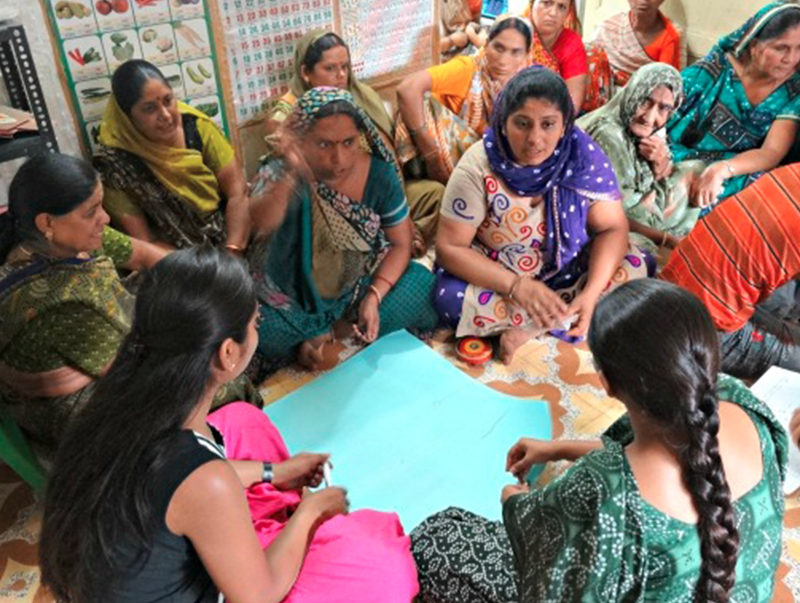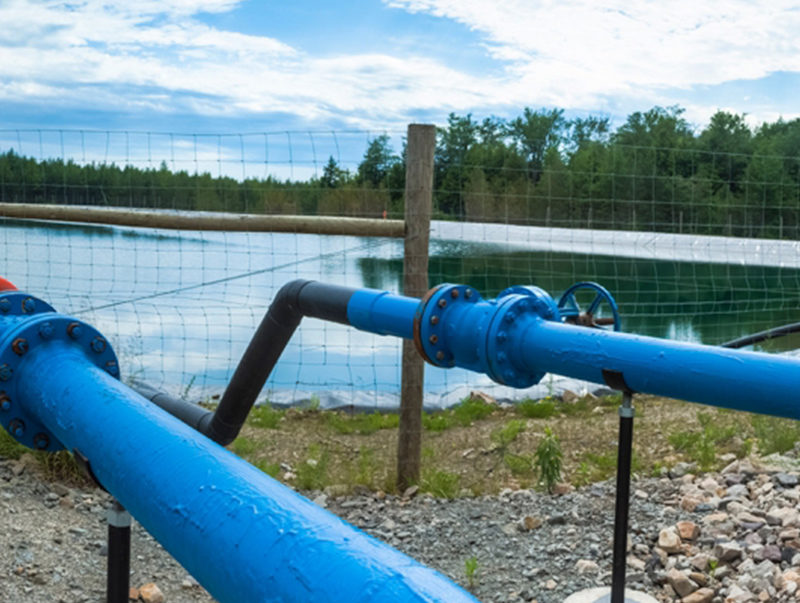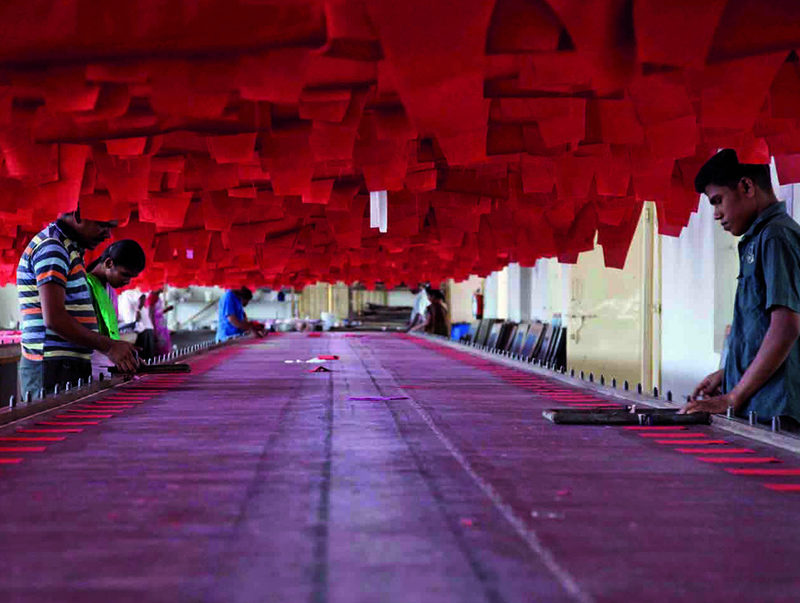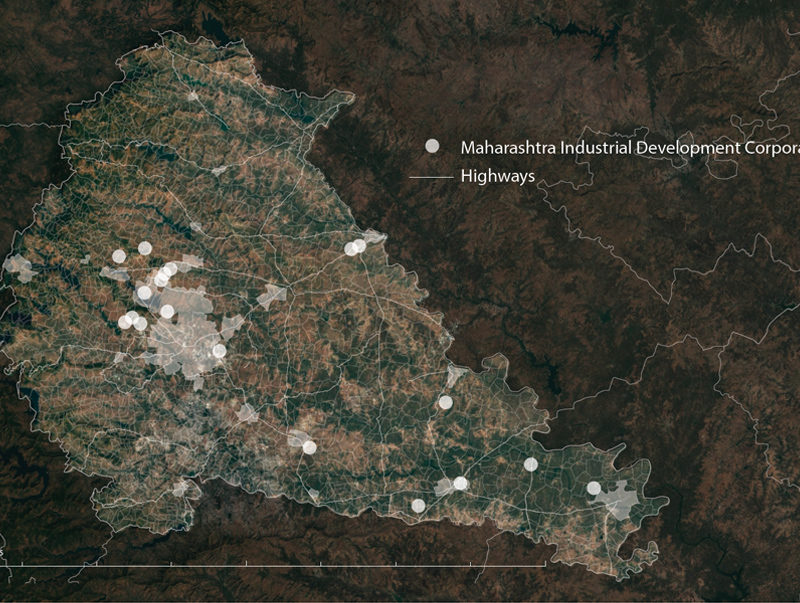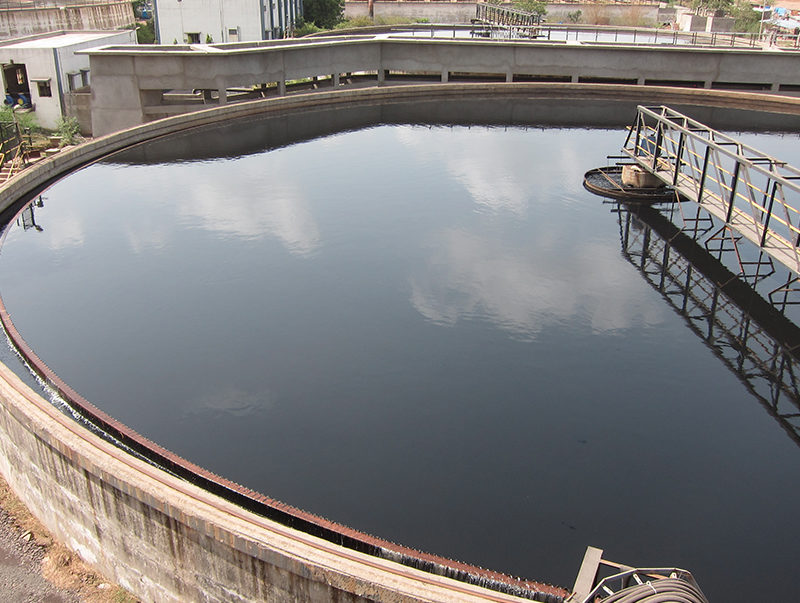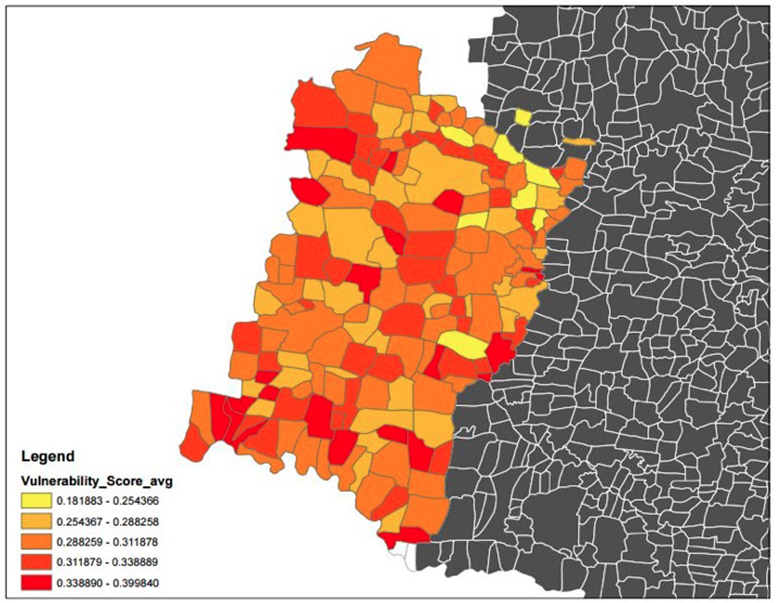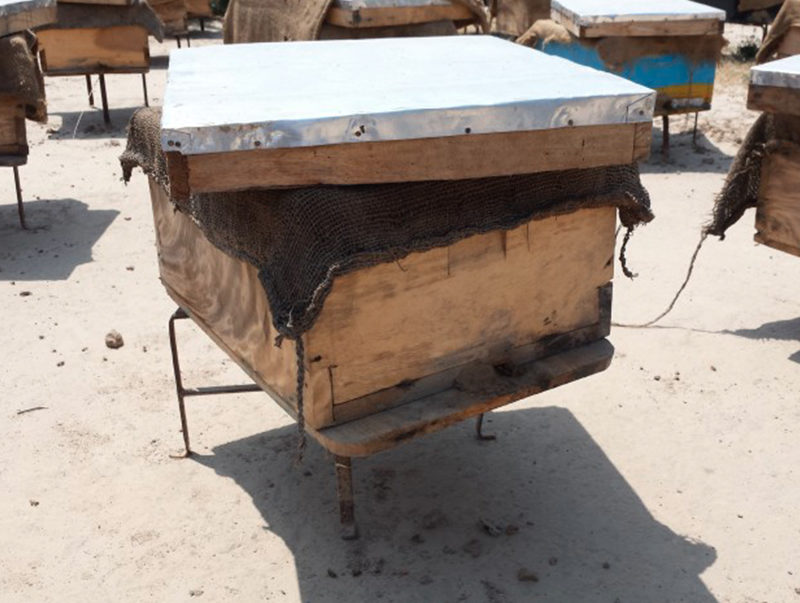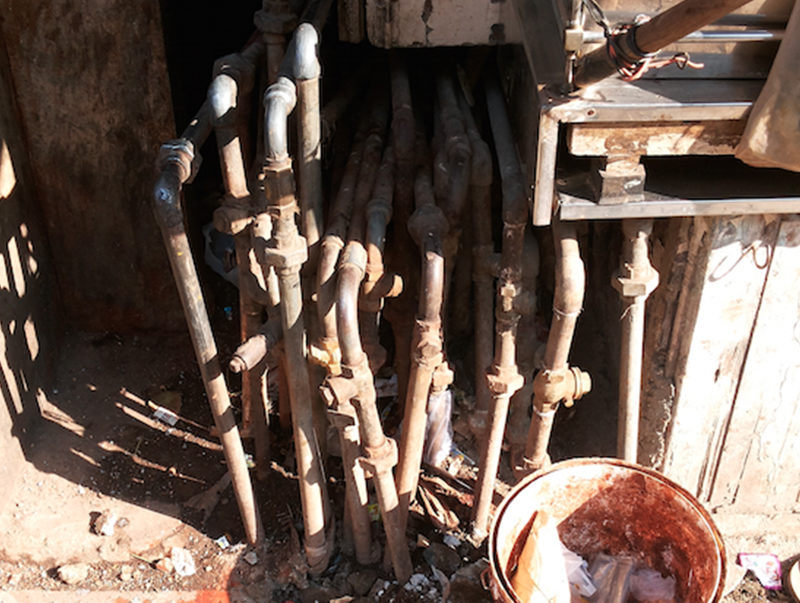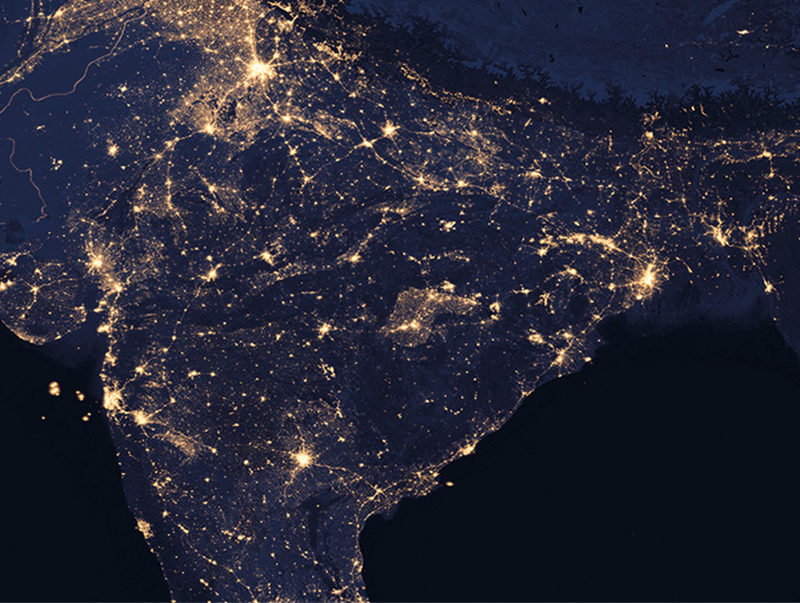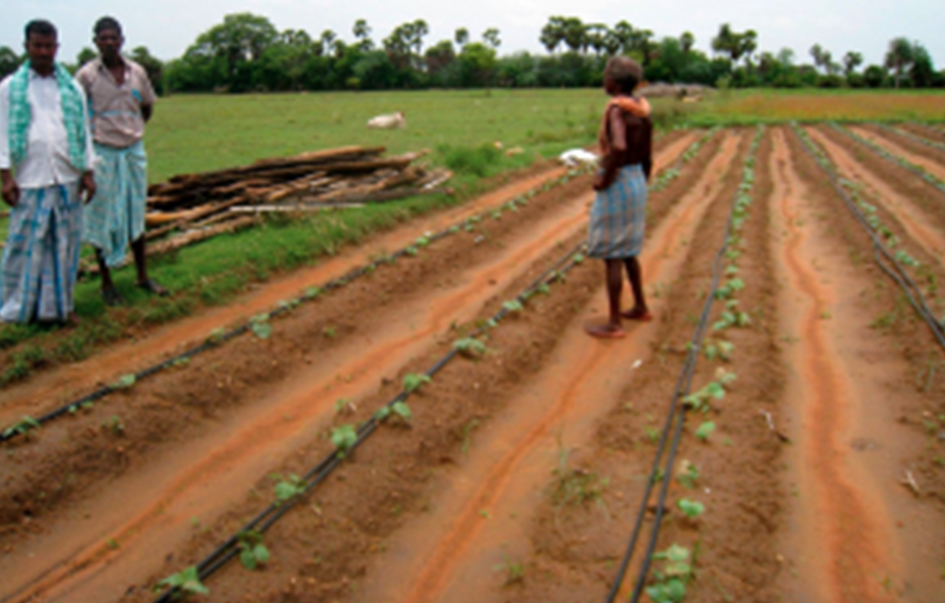
PROJECT DETAILS
- Focus Area Agriculture Past, Water Past
- Faculty Amos Winter
- Fellow Jaya Narain, Pulkit Shamshery
- Mentor Roger Wang
Agriculture is a major economic activity in almost every region of the world and is needed to provide food and nutrition for a burgeoning global population. Irrigation for agriculture traditionally consumes large amounts of water and energy, resources that are becoming increasingly scarce. There is a strong need for irrigation methods that can provide adequate hydration for crops even with a limited supply of water, without requiring significant energy input or financial capital.
Drip irrigation is a powerful technology that can reduce water consumption by 20-40% while increasing crop yield by 20-50% compared to furrow (flood) irrigation, depending on the crop grown. Drip irrigation can enable farmers to grow crops under conditions where they otherwise could not (e.g. with strict water constraints, dry seasons, or low pressure municipal supplies, as in many parts of the Middle East). Drip also allows farmers to grow a wider array of crops, increase crop yield, and save on labor and fertilizer costs. Yet, despite its benefits, drip irrigation has very low adoption rates in India and other developing countries, with less than one percent of land in India cultivated using drip irrigation. The high cost of drip irrigation systems is one of several major barriers to adoption. Drip irrigation systems require significant pumping power to operate.
The power required depends on the minimum pressure required by the system and the flow rate through the system. In India, where electricity costs are heavily subsidized, energy costs are a particularly large burden for off-grid farmers, who must use costly diesel or solar systems. Reducing the pressure required to operate a drip irrigation system can significantly lower costs for off-grid farmers by enabling them to use smaller pumps, fewer solar panels, and less diesel.
The goal of this research is to design equipment for drip irrigation – particularly drip emitters – that can operate at lower pressures and with less power. By reducing the operating pressure of the emitters from 0.6 to 0.2 bar, we can lower the costs of an off-grid energy system by approximately 50%. We are also exploring additional technologies and tools, including systems-level optimization and improving the performance of pumps or filters, to design water- and energy-efficient irrigation systems.
Download Poster:
Energy Efficient, Economically Viable Drip Irrigation Systems



